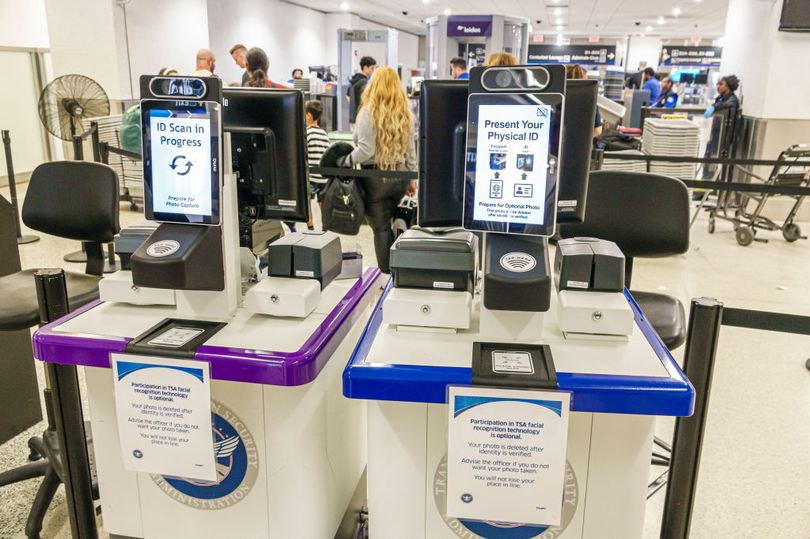
While some travelers might feel uneasy about TSA facial recognition and are concerned about how the Transportation Security Administration (TSA) manages their privacy and biometrics , an alternative exists for those who prefer to opt out.
Although facial recognition might be a routine aspect of the TSA experience for some travelers, experts highlight key factors to remember . Lawyer and former Privacy and Civil Liberties Oversight Board member Travis LeBlanc told Huff Post that travelers “don’t have to submit their picture to the government, for the government to scan it and store it under their rules.
TSA is part of the Department of Homeland Security, also responsible for immigration enforcement. There are lots of different uses that you could see for these images,” he added.
READ MORE: Neurologist shares cognitive test taken by President Trump - see how you score
READ MORE: Six canned foods that may be about to get a lot more expensive - stock up now
The security screening technology is only available at select airports. To undergo screening, walk to a Travel Document Checker podium where the technology takes a photo of your face. Your facial features and identification, like a passport or ID, will be screened to verify your identity.
The TSA highlights that taking part in its facial recognition checks is voluntary for passengers going through security. The federal organization states that it aims to enhance the screening technology to include "plain wording informing travelers that they can choose not to have their photograph taken."
The document also states that TSOs, otherwise known as Transportation Security Officers, should "treat every traveler with respect and guarantee that their privacy is safeguarded."
According to the TSA’s website, passengers have the choice to decline facial recognition technology without facing consequences. If they choose not to provide their photograph, this should result in them undergoing an alternative identification verification procedure instead. This decision ought not to create holdups or affect their position in queue.
The U.S. Customs and Border Protection (CBP) similarly employs facial recognition screening, from which travelers have the option to abstain. If you ask not to provide a facial image, a CBP officer ought to propose another procedure for processing.
0 Response to "Hidden TSA Rules Let Travelers Avoid Privacy-Invasive Tech Set to Expand in the U.S."
Post a Comment